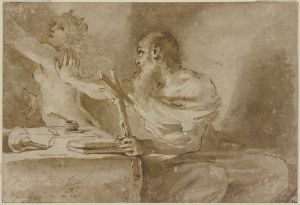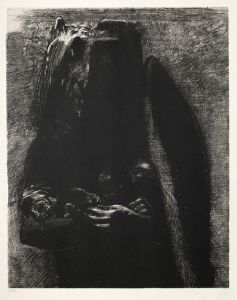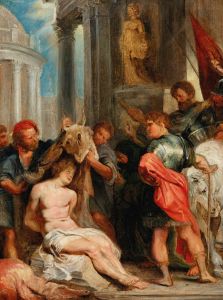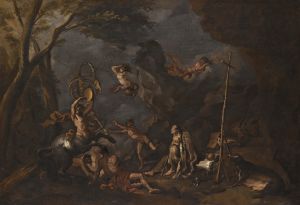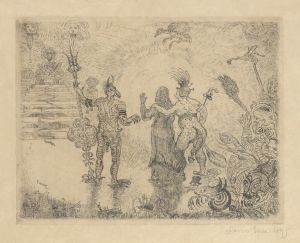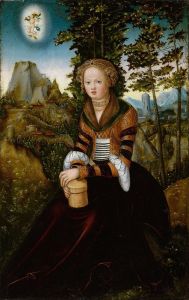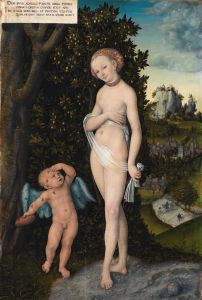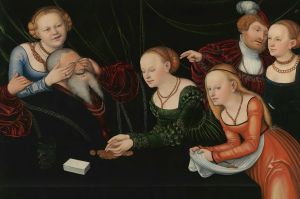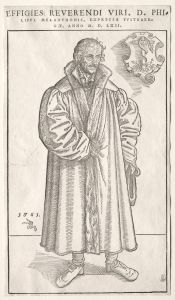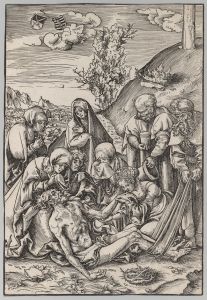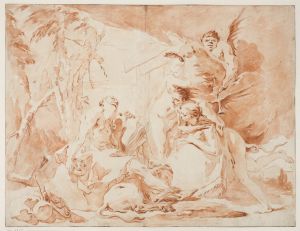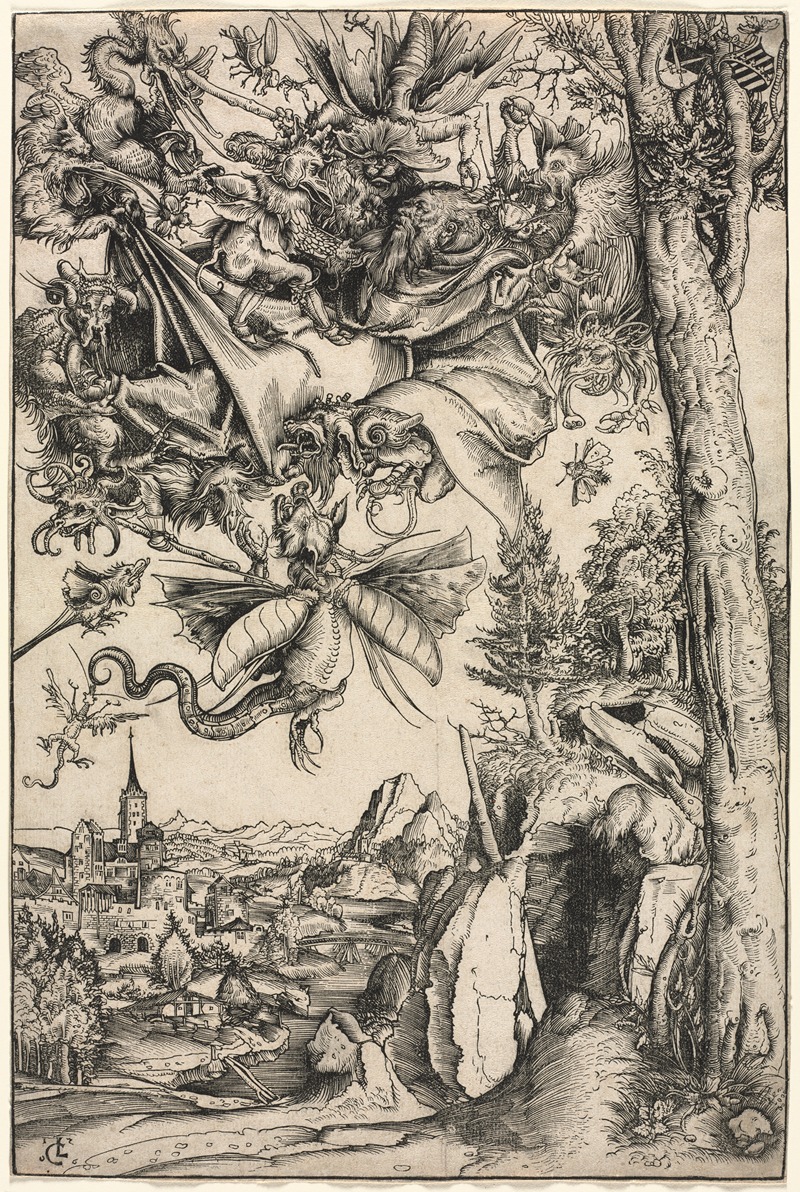
The Temptation of St. Anthony
A hand-painted replica of Lucas Cranach the Elder’s masterpiece The Temptation of St. Anthony, meticulously crafted by professional artists to capture the true essence of the original. Each piece is created with museum-quality canvas and rare mineral pigments, carefully painted by experienced artists with delicate brushstrokes and rich, layered colors to perfectly recreate the texture of the original artwork. Unlike machine-printed reproductions, this hand-painted version brings the painting to life, infused with the artist’s emotions and skill in every stroke. Whether for personal collection or home decoration, it instantly elevates the artistic atmosphere of any space.
Lucas Cranach the Elder, a prominent German Renaissance painter, created several works depicting religious and allegorical themes. Among these is "The Temptation of St. Anthony," a painting that reflects his distinctive style and his engagement with Christian iconography. This artwork portrays the biblical story of St. Anthony, a Christian monk and hermit who is subjected to various temptations by demonic forces during his ascetic life in the desert.
The painting is characterized by Cranach's meticulous attention to detail and his ability to blend fantastical elements with naturalistic settings. In the composition, St. Anthony is typically shown as a calm and devout figure, resisting the grotesque and often surreal creatures that surround him. These demonic figures are rendered with imaginative forms, combining human, animal, and monstrous features, which was a common approach in depictions of this theme during the Renaissance.
Cranach's version of "The Temptation of St. Anthony" reflects the influence of earlier Northern European artists, such as Hieronymus Bosch, who also explored the theme of temptation with vivid and bizarre imagery. However, Cranach's interpretation is distinct in its use of color, composition, and the integration of the landscape, which often plays a significant role in his works. The natural environment in the painting serves as both a backdrop and a symbolic element, emphasizing the isolation and spiritual struggle of St. Anthony.
The exact date of this painting is not definitively known, but it is generally attributed to Cranach's mature period, when he was producing works that combined religious themes with his unique artistic sensibilities. As with many of his paintings, "The Temptation of St. Anthony" demonstrates Cranach's skill in balancing the fantastical and the devotional, making it a compelling example of Northern Renaissance art.
The painting is housed in various collections, as Cranach created multiple versions and interpretations of this subject. Specific details about the provenance or current location of a particular version may vary, as his works are widely distributed across museums and private collections.
This artwork remains an important example of Lucas Cranach the Elder's contribution to religious art and his ability to convey complex theological themes through vivid and imaginative visual storytelling.





